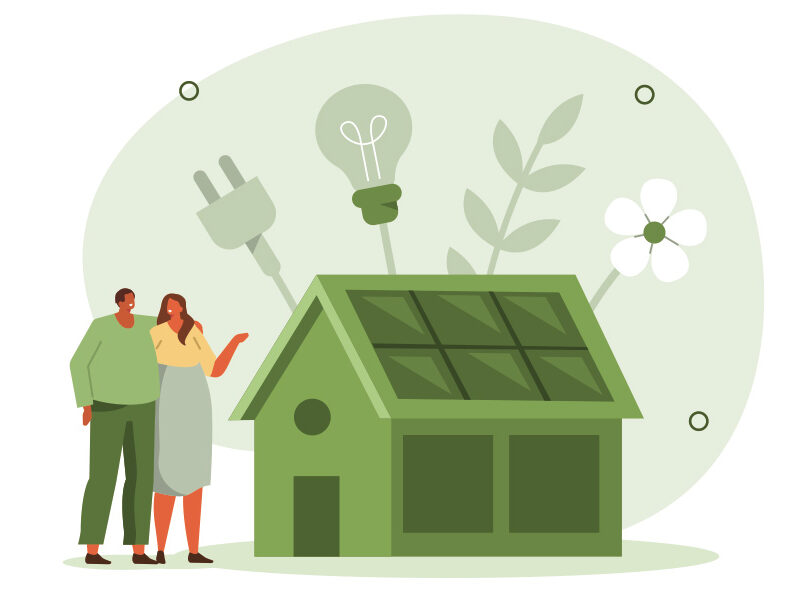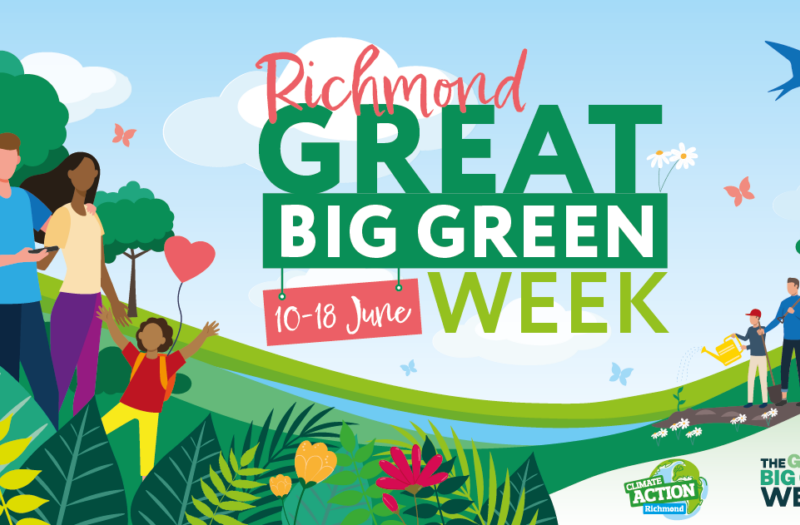
Sustainable September fashion
Sustainable September: the fashion edit
Lucy Kane on what ethical fashion means to her…
Dressed to sustainably impress, engineering works, bus replacement services and Uber conspired against me so I missed speaking on the panel for the Sustainable Fashion talk hosted by Love Wimbledon at Wimbledon Quarter. We’ve been covering sustainable fashion in Time & Leisure for well over a decade, and over the years it’s become a hotter and more urgent topic. Here are my top sustainable fashion tips:
Wearing:
Organic cotton sweatshirt by local maker Single Swan
Black maxi cotton skirt from M&S made from sustainable cotton
Clogs (from Europe) made from wood and leather
What does sustainability mean to me?
It’s become integrated into my everyday thinking, I’m continually learning and looking for better options and choices. Each item of clothing has a carbon footprint which can be measured in a number of ways; what is it made of – organic cotton or vegan leather, is it recycled or 100% recyclable, the number of times it’s worn, the miles travelled, even the wages people are paid to make it should be part of the sustainability.
Recently I’ve been thinking a lot about the after-life of clothes. So, when out shopping I’m looking for simple fabrics that can easily break down after they’ve come to the end of their life, cottons, silk, wool.
How has sustainable fashion changed over the years?
Going back just four years we were publishing articles in Time & Leisure magazine specifically on sustainable fashion and highlighting ‘eco-brands’. But we’ve moved from eco into sustainability and an increasing number of brands are becoming more conscious about their responsibilities. Our fashion editorial regularly includes eco-friendly items and brands regularly rather than a focussed edit. For example, last month it was a knitted tank from Aspiga. Many brands are highlighting sustainable credentials on pricing labels such as sustainably sourced cotton from M&S which is helping us make better choices in stores.
What is my most sustainable item of clothing?
I’ve worn this cotton maxi skirt from M&S all summer and into autumn and when it does reach the end of its life, I know it will fully biodegrade.
But my favourite item is a leather jacket bought in New York 20 years ago. It’s been everywhere with me and worn a thousand times so its carbon footprint is tiny. Plus, my daughter now has her eyes on it so it’s likely to halve its footprint again.
Is sustainable clothing a luxury?
It depends on how you measure cost. Cost to the planet or cost to your pocket?
I like to think of sustainability as a grid with different measures to be considered when thinking about its carbon footprint. Sometimes one will take priority over another whether it’s an eco-brand, natural materials, recycled, UK made, ethically produced. It takes a bit of extra time to look for sustainable credentials on the labels, checking what materials are being used but most high street brands offer sustainable choices which is making it easier and most cost effective.
I recently discovered Gunda Hafna – a local clothing designer based in Surbiton. Her clothes are made in Merton and the material is 100% natural. Her clothes are so sustainable, low carbon and full footprint transparency. Each item on her website declares its credentials, for example her black twill trousers which I am hankering after are: UK made, ethically produced, natural fibre, OEKOTEX certified fabric, organic cotton, recycled, plastic free, biodegradable packaging. They are £260 so are definitely an investment but you can wait till the sale or consider they are such good quality they will look great for a long time and they will biodegrade after their lifespan.
Is repairing as easy as Instagram makes out?
The chances are you won’t do it perfectly first time. This year I’ve tried darning cashmere that have moth holes here and there. My first attempt was hilarious. But an environmentally-friendly friend encouraged me so I’ve just done my third item and it’s becoming passable.
If you could give one tip on how to be more conscious about sustainable fashion, what would it be?
My top tip is to learn how to integrate sustainability as part of every purchase you make, whether that’s specifically seeking out eco-conscious brands in advance, choosing a brand that is local or a small maker such as Single Swan or Gunda in Merton or if you’re in the shops checking the eco-credentials of each item. So, if you’re going to buy something that isn’t made of natural materials will you get long-term wear out if it? I have made some terrible purchases that I’ve never worn but I try to repurpose them – that pink gingham dress will become bunting some day!!
In my wardrobe are dresses and tops that are a mix of materials and as a result some still look as great as the day I bought them years ago. My polka dot dress comes back in fashion every now and again and this summer our graduate Ed assistant commented how much she liked it. It still looks like new but she would have been a youngster when I bought it!
- The Sustainable September talk took place at Wimbledon Quarter on 8 September in collaboration with Love Wimbledon. See more Sustainable September events here.






